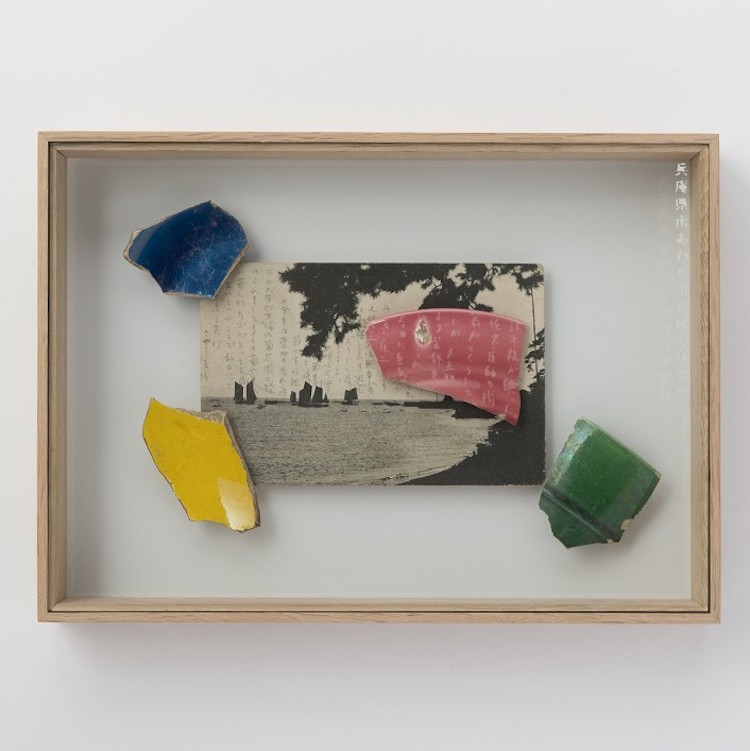SYDNEY, Australia — Carriageworks’ contribution to the 20th Sydney Biennale is the Embassy of Disappearance, which brings together works by artists exploring themes of absence and memory, including disappearing languages, histories, currencies and landscapes.
We have chosen to feature on one of the Embassy’s participants, the Japanese artist Yuta Nakamura. Carriageworks describes his art as “research-based installations and architecturally informed sculptural objects that investigate the role of ceramics, particularly tile and pottery fragments (ostracon), throughout the process of modernization in Japan. Exploring the intersection between craft, folk art and architecture, Nakamura engages with the theory of ceramic ware and tile production as a means to trace human history, examining the object fragment as documentary evidence of the development of the architectural and industrial arts.”
Focused on the discipline of ceramics and its position within Japanese society, Nakamura states that “by serving as a reminder, my work seeks to revive and sustain the culture of Japanese craft.” Of interest to the artist is the period of modernization Japan underwent in the late 19th century when craft developed as a halfway point between art and industry. At the Embassy of Disappearance, Nakamura presents Atlas of Japanese Ostracon, 2016, a site-specific installation exploring the ceramics unique to different regions of Japan.
The artist was inspired by revisiting publications produced by American zoologist Edward Sylvester Morse, who travelled around Japan in the Meiji era (1868–1912), a time during which Japan transitioned from an isolated feudal society to a modern nation. After visiting every pottery-producing region, Morse published Catalogue of the Morse Collection of Japanese Pottery (in 1901) and Japan Day by Day (in 1917), recording his findings and the details of his journey. Industrialization in the late 19th and early 20th centuries saw the production of pottery all but die out after this time. Nakamura followed in Morse’s footsteps, travelling through the former pottery-producing regions, searching for remnants and fragments of history in the form of ceramic shards in the waterways, and documenting his journey with photographs.

Yuta Nakamura, Atlas of Japanese Ostracon, 2016 (detail), pottery shards and postcards, variable dimensions
The historical fragments, known as potsherds, provide a glimpse into the lives of people from these regions, artifacts of an everyday existence and a craft that has all but disappeared. It is this archaeology of the commonplace, alongside the journey of Morse, which fascinates Nakamura. The Atlas of Japanese Ostracon mirrors two historical rooms connected to Morse, a workspace at the Enoshima Marine Biological Laboratory, and a pottery room at his private residence. With his acknowledgement of Morse, and through the exhibition of ceramic shards paired with Meiji-era postcards from their regions of origin, Nakamura emphasizes the importance of Japanese craft and establishes potsherds as significant historical artifacts.
Text (edited) and images courtesy of Carriageworks and the artist.
Do you love or loathe these works of contemporary ceramic art? Let us know in the comments.




Add your valued opinion to this post.